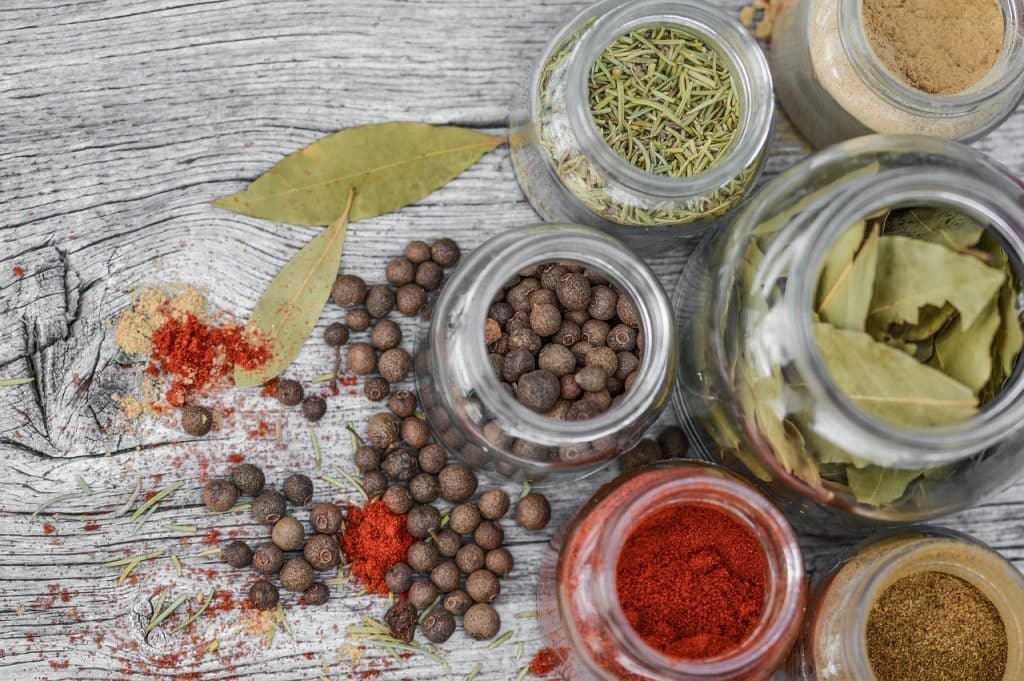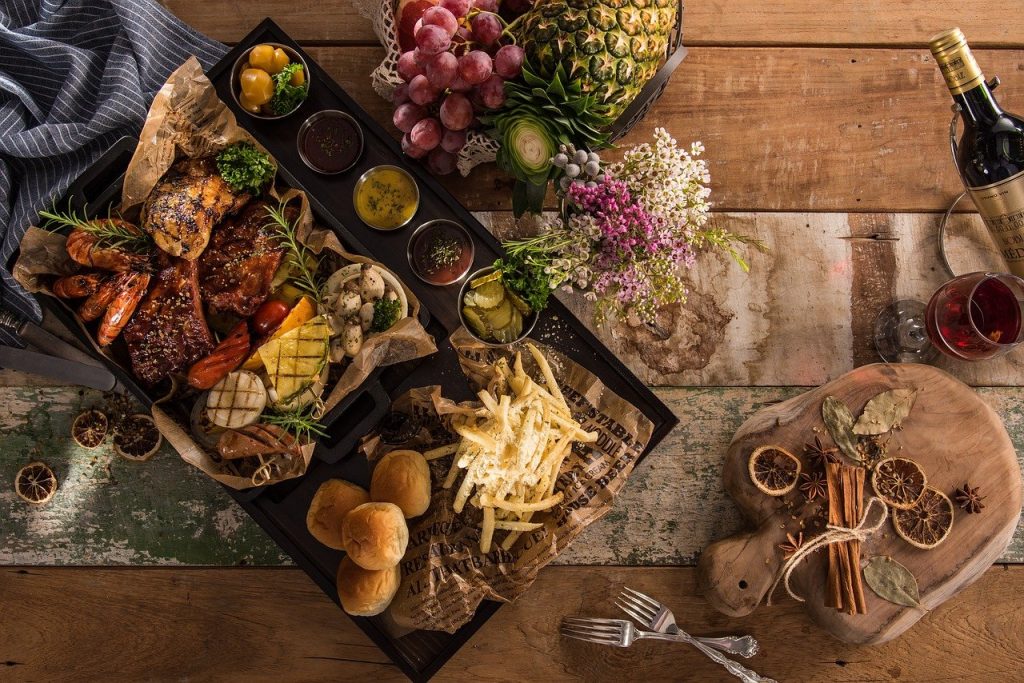11 Ways to Improve Your Food Photography
Food photography is a form of art. Consider this! Food photos are popular on social media… However, not everyone is capable of photographing food from the correct angle and in the proper lighting. However, if the food is captured correctly, the right image can make any mouth water.
Use these food photography tips for professional shooting and staging if you want to create tasty-looking images.
Arrange the Food Creatively

Presentation is everything in 5-star restaurants (aside from taste, of course). Because your viewer will not be tasting this food, make sure the food is beautifully arranged on the plate. For some foods, this could mean clean, crisp edges. Others may interpret this as a meticulously careless dash of sauce to create a visual accent. Great food photography is impossible to achieve without excellent food staging.
Cooking cannot be prioritised if photography is

Some of the best food photography is of food that would actually taste bad. Why? Because fully cooked food does not stop cooking as soon as it is removed from the heat. When fully cooked before staging, meat, in particular, tends to go from plump to shrivel.
If you’re going to spend a lot of time setting up the food, you probably shouldn’t eat it afterwards. If you can shoot it quickly, fully cooked food that you will eat is fine. If you need a lot of time to shoot it, consider cooking the food just enough to achieve the desired shape, colour, and texture.
Smoothies and protein shake frequently separate, so use less water and more dry ingredients. Adding a little extra oil to foods like grilled or roasted vegetables can help them retain their gleaming appearance.
Allow for Negative Space

It is more important to create a beautiful presentation when staging food for photography than it is to accurately represent one person’s exact serving size for a meal. That could mean using a unique plate or platter instead of a traditional dinner plate or arranging the food differently than you would if you were serving a family of five on a Tuesday night. If it serves your composition, don’t be afraid to let the plate shine through!
Try Shooting from Multiple Angles

We rarely shoot people from above, and we rarely shoot food from one side, but both have their uses. Shooting from above is often the simplest way to capture great food images, but if there are layers with visual interest, consider shooting from one side as well. A diagonal shooting angle can help you capture more of the scene at the table.
Carefully Evaluate the Background

A busy background will compete for the viewer’s attention if your photos are meant to showcase the food. Backgrounds that are simple or neutral are the best places to start. For your shooting surface, start with a dark brown or black table, a white or very light stone or marble countertop, or a wood butcher block.
Shoot in Natural Light

One of the most important aspects of food photography is colour. Shooting in unfiltered, artificial light exposes you to the risk of orange or yellow casts, which can ruin even the most perfectly composed photos. Natural, diffused daylight is preferable because it avoids harsh shadows and exposure problems.
Manage Your Shadows
Harsh shadows can be distracting, and no shadows at all can make an image appear remarkably fake. While great food photography is frequently meticulously staged, the viewer prefers to see it as spontaneous and natural. Subtle shadows, which are typically achieved when shooting with diffused fill or bounce light, can add depth and dimension to your photography.
Use Color to Reinforce the Story

Is your food telling a soothing and comforting storey? To elevate the storey, use calm and soothing tones for textiles and props. Is your food telling a vibrant or passionate storey? Colours that are bright and dynamic can help to reinforce that message and create an especially powerful image.
Consider Ingredients as Scenic Elements
Including ingredients in your composition can help tell the recipe’s storey. Many vibrantly coloured spices are also very photogenic. If your composition is already crowded, you might want to save this technique for another shoot.
Include a Human Subject

Incorporating someone’s hand or arm, shooting over someone’s shoulder, and so on are all ways to add another layer to the storey your photograph is telling. Adding a human to your shot, on the other hand, can complicate matters. You’ll need to think about and adjust things like lighting, depth of field, and framing, to name a few.
Don’t Be Afraid of Post-Production
Even if you’ve mastered the above techniques, you may still want to enhance the colours of your food in post-production. As with all post-production editing, try to strike a balance between the desire to create a striking image and the need to keep the image believable.
Note: If you want to make some adjustments to the photo just let me know. I can do it for you at a very low cost. You can hire me to edit your photo.
LATEST POST
- Best AI Tools for Project ManagementFor effective project management, ClickUp, Monday.com, Notion, and Asana are excellent AI tools that help you complete your projects with minimal context switching.
- Best AI Tools to Convert Text to VideoSome of the top AI tools for transforming text into video include Synthesia, VEED, Lumen5, and Invideo. These platforms allow you to craft impressive videos using customizable templates and voiceover options.
- Starlink Satellite InternetSpaceX’s Starlink satellite internet provides seamless connectivity even in the most remote locations. Discover how Starlink satellites operate, their internet speeds, availability, and pricing options.
- Photo Editing for ChristmasMake your Christmas photos better with Rainx. Discover ideas and tips for taking unique Christmas pictures.
- Wireless TechnologyIxana highlights the advantages of Wireless Technology, noting that Wi-R Technology allows for connections with touch while consuming 100 times less energy than Bluetooth or Wi-Fi, all while supporting wearables that don’t require charging.












